On the morning of November 15, the program "Meeting typical rare blood type donors in 2025" organized by the National Institute of Hematology and Blood Transfusion aimed to show gratitude to those who silently donate precious blood resources, while raising public awareness about the role of people with rare blood types.
The program honored about 150 blood donors with typical rare blood types.
The demand for rare Rh(D) negative blood products in medical facilities is constantly increasing.
In recent years, the demand for rare Rh(D) negative blood products at medical facilities, especially in Hanoi, has continuously increased compared to the previous period.

Associate Professor, Dr. Tran Ngoc Que, Director of the National Blood Center, National Institute of Hematology and Blood Transfusion, spoke.
Sharing here, Associate Professor, Dr. Tran Ngoc Que, Director of the National Blood Center, National Institute of Hematology and Blood Transfusion, said: Ensuring the source of blood donors in general, especially the source of blood donors with the rare Rh(D) negative blood type in particular, faces many difficulties and challenges, because in Vietnam, the rate of people with Rh(D) negative blood type only accounts for about 0.07% - 0.1% of the population.
"When a patient with a rare blood type needs a blood transfusion, every passing moment is priceless because blood centers do not always have a reserve of rare blood...
But people with rare blood types are not afraid of the late night, rain, wind, long distance, always ready to donate blood on time. They are the only lifesaver, a special living blood bank that up to now, despite many developments in medicine, there is still no optimal method to replace" - Mr. Que emphasized and expressed his gratitude for the kindness of people with rare blood types.
"When it comes to eating or playing, we hesitate, but when it comes to donating blood, everyone volunteers."
"I was saved by the blood of a stranger, so I want to contribute something to save the lives of others," said Ms. Dinh Thi Ngan (45 years old, Cam Pha, Quang Ninh ) - head of the Club of people with rare blood types in Quang Ninh province, one of the typical faces honored today.
Ms. Ngan has a rare blood type, Rh(D) negative. Recounting her journey of donating blood and connecting with people with rare blood types, Ms. Ngan shared that in 2018, when she gave birth to her second child, she fell into a critical state of blood loss. Only when she received timely transfusions of rare blood units from volunteers across the North, was she able to overcome the jaws of death.
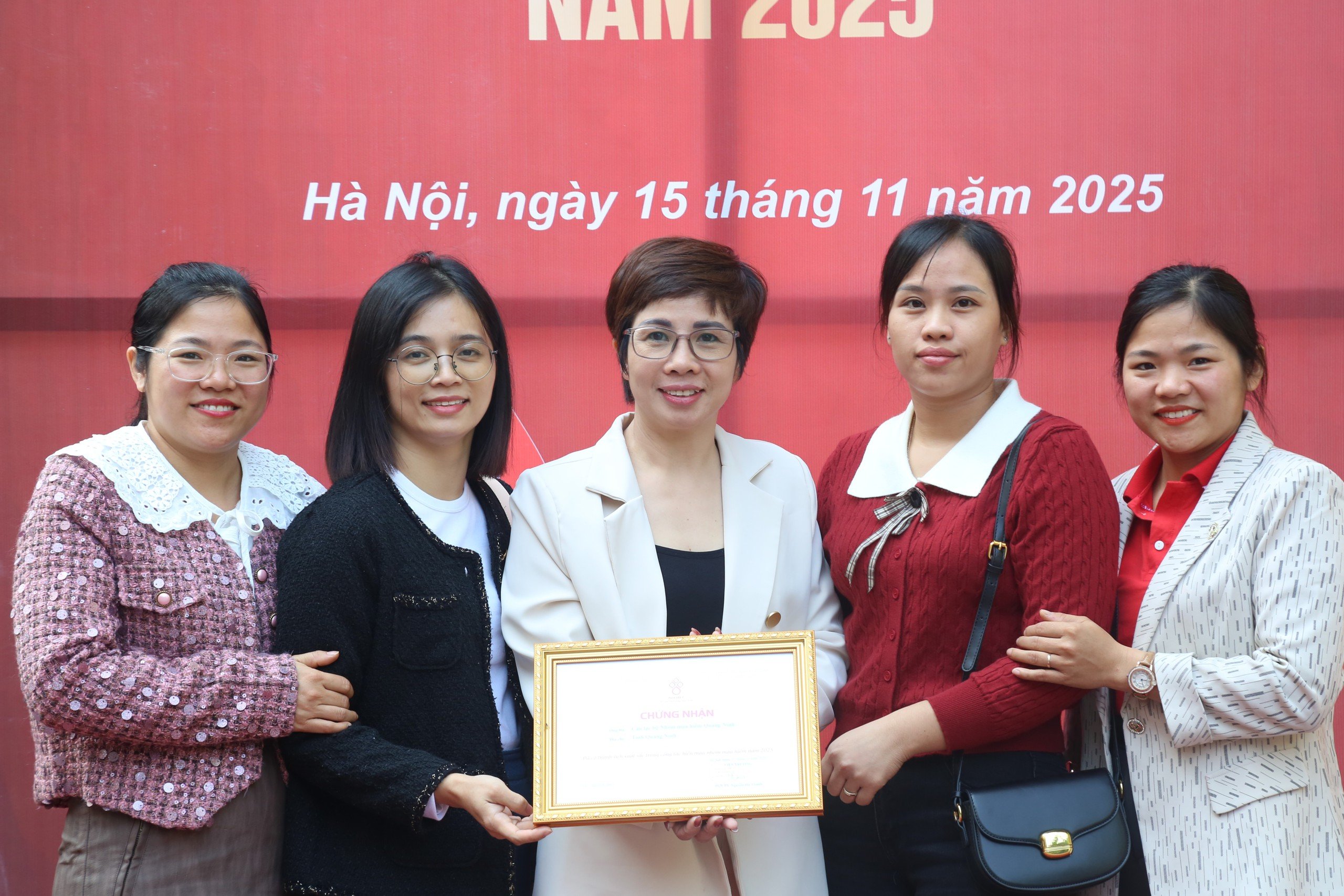
Ms. Ngan (middle) receives honors for people with rare blood types in 2025.
"When I woke up, I only knew that people were racing against time to donate blood for me, some from Van Don, some from Hon Gai... The rest were names I couldn't remember, I only knew that on that day, 8 units of blood equivalent to nearly 4 liters of blood were mobilized, saving my life at the last minute.
I knew I had a rare blood type, but I didn't think it was that important. After that incident, I realized that I was alive thanks to those strangers and told myself that I had to do something to repay this debt," Ms. Ngan said.
Immediately after recovering, Ms. Ngan started to establish the Rare Blood Type Club of Quang Ninh province. The group started small, then gradually grew, connecting more than 50 members from Mong Cai to Dong Trieu.

Honoring people with rare blood types in 2025.
"Rare blood types cannot be donated on a schedule like normal people, only when the patient needs it, the doctor will take blood. Therefore, the blood donation schedule is not fixed, but only when the patient needs blood, everyone is mobilized. The club operates with its own fund to support taxis when urgent blood donations are needed at night, has clear regulations, and encourages and takes care of each other's health so that it is always ready when a patient needs it" - Ms. Ngan said and shared more: "When it comes to eating or playing, people hesitate, but when it comes to donating blood, everyone volunteers."
Also a rare blood donor honored in 2025, Ms. La Thi Khieu (56 years old, Hanoi ) although does not know how to ride a motorbike, nor is she familiar with the roads, but every time the hospital reports that someone needs blood, she rushes to catch a motorbike taxi or call a taxi to be there on time. To date, Ms. Khieu has donated blood more than 20 times. She said: "As long as my blood can save someone, I am happy"...

Organizing Committee, delegates and typical people with rare blood types in 2025.
What is a rare blood type?
As of November 2025, the International Society of Blood Transfusion recognizes 48 red blood cell group systems with 398 different blood group antigens.
Each blood group system has different blood groups due to the presence or absence of antigens carrying genetic characteristics on the surface of red blood cells and antibodies in the serum of that person. Among them, the ABO blood group system and the Rh blood group system are the most important in blood transfusion practice. We still hear and are familiar with the blood groups: O, A, B, AB; these are the blood groups belonging to the ABO blood group system.
The ABO blood group system was first discovered in 1901 by the great scientist Karl Landsteiner, opening a new era in blood transfusion practice. In the following years, many other red blood cell blood group systems were discovered such as the Rh, Kell, Kidd, Duffy, Lewis, MNS blood group systems... The Rh blood group system has the most diverse and complex antigen system with 56 antigens, of which the D antigen is the most common.
The International Society of Blood Transfusion defines blood types with a frequency of less than 0.1% as rare blood types and those with a frequency of less than 0.01% as very rare blood types. In Vietnam, one of the rare blood types often mentioned is Rh(D) negative because it accounts for less than 0.1% of the population.
Meanwhile, the rate of Rh(D) negative blood type in the community in Europe or many countries is not rare, because it can account for up to 15 - 40% of the population.
Source: https://suckhoedoisong.vn/lap-cau-lac-bo-mau-hiem-de-san-sang-di-cuu-nguoi-ke-ca-trong-dem-16925111514241457.htm


![[Photo] General Secretary To Lam receives Vice President of Luxshare-ICT Group (China)](https://vphoto.vietnam.vn/thumb/1200x675/vietnam/resource/IMAGE/2025/11/15/1763211137119_a1-bnd-7809-8939-jpg.webp)
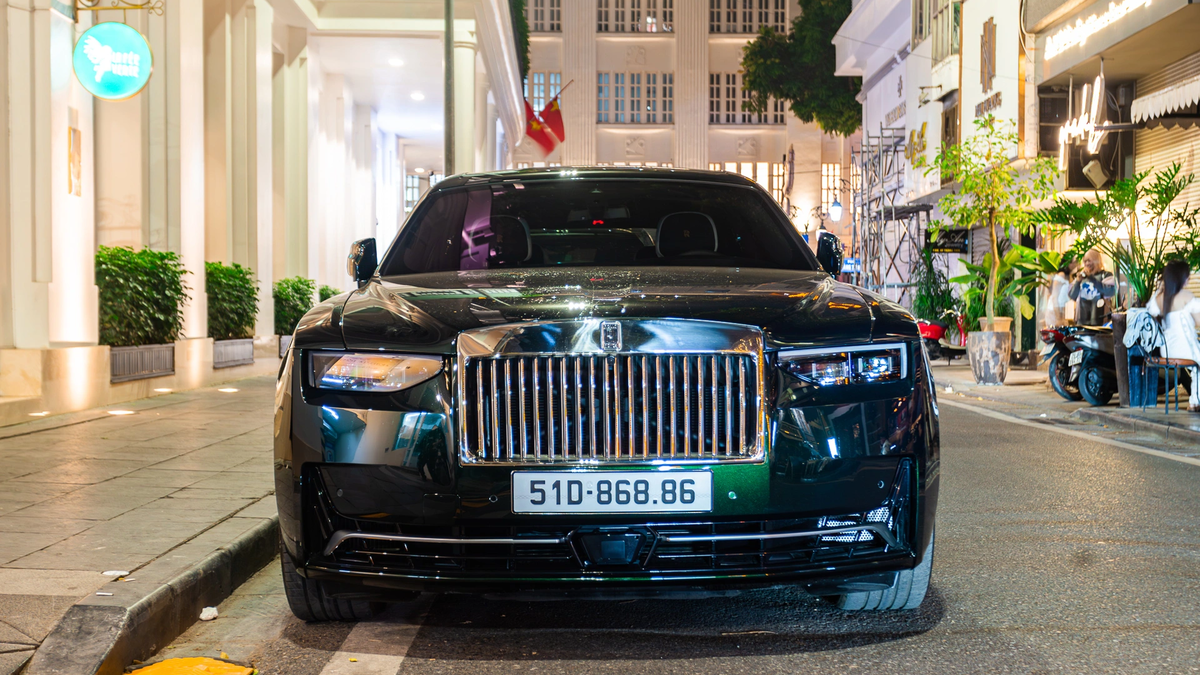

![[Photo] Prime Minister Pham Minh Chinh meets with representatives of outstanding teachers](https://vphoto.vietnam.vn/thumb/1200x675/vietnam/resource/IMAGE/2025/11/15/1763215934276_dsc-0578-jpg.webp)




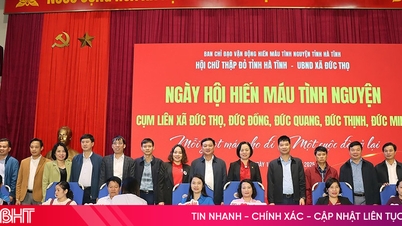

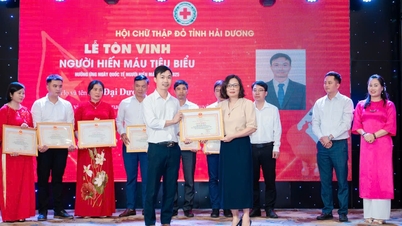


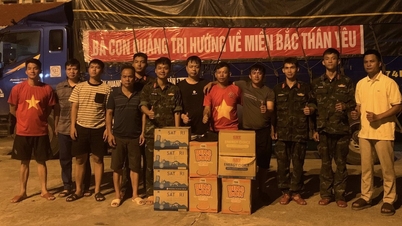

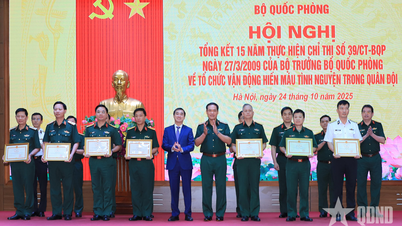







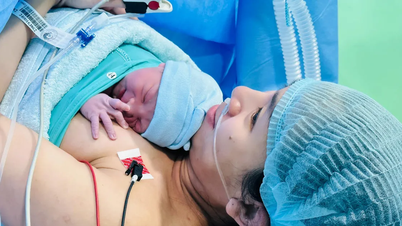







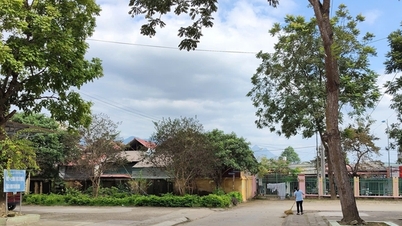
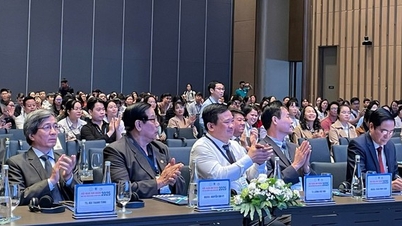
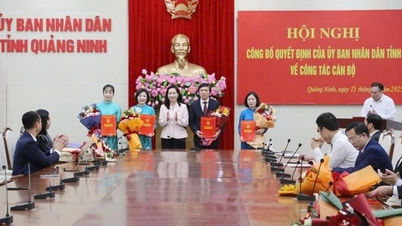
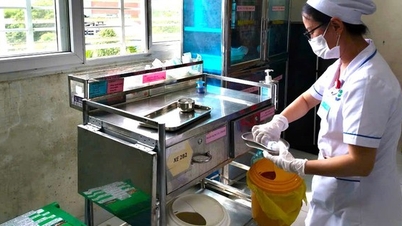



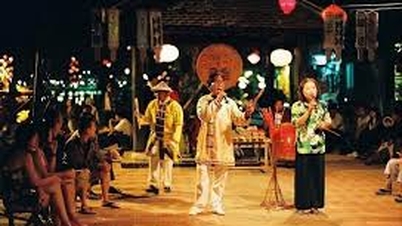








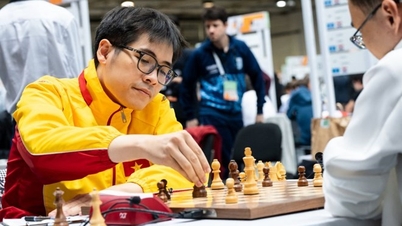

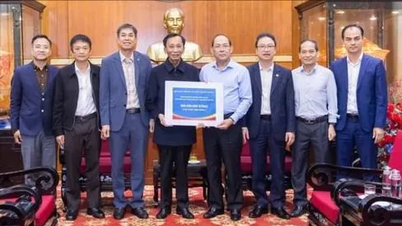
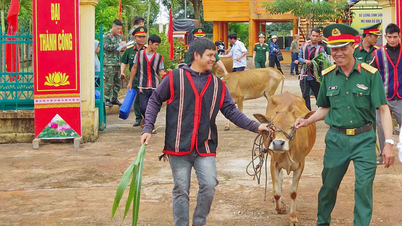





















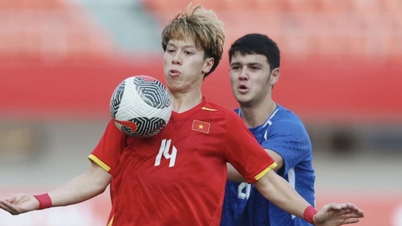


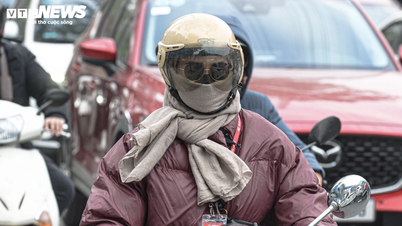


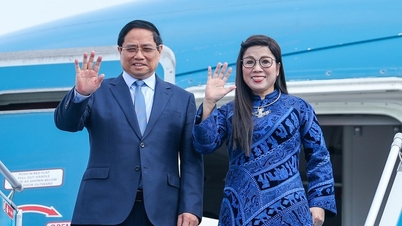

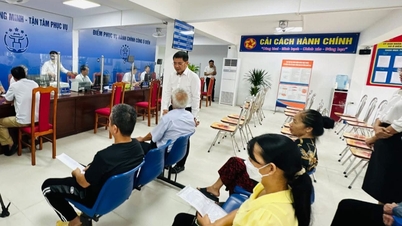






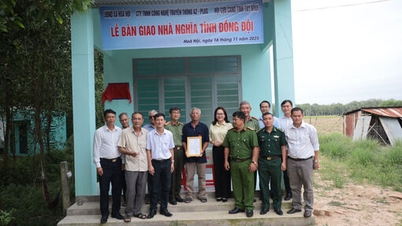

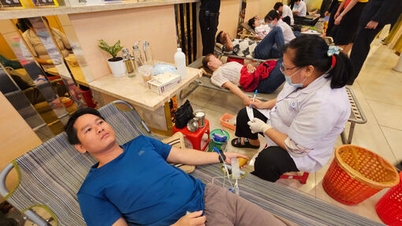


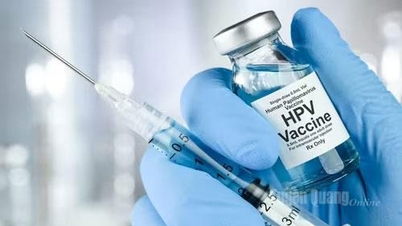

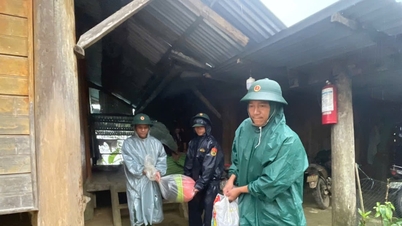

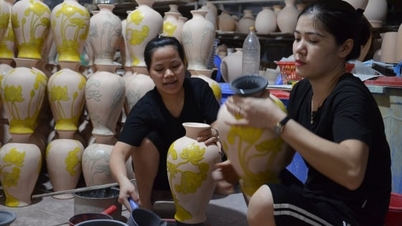












Comment (0)